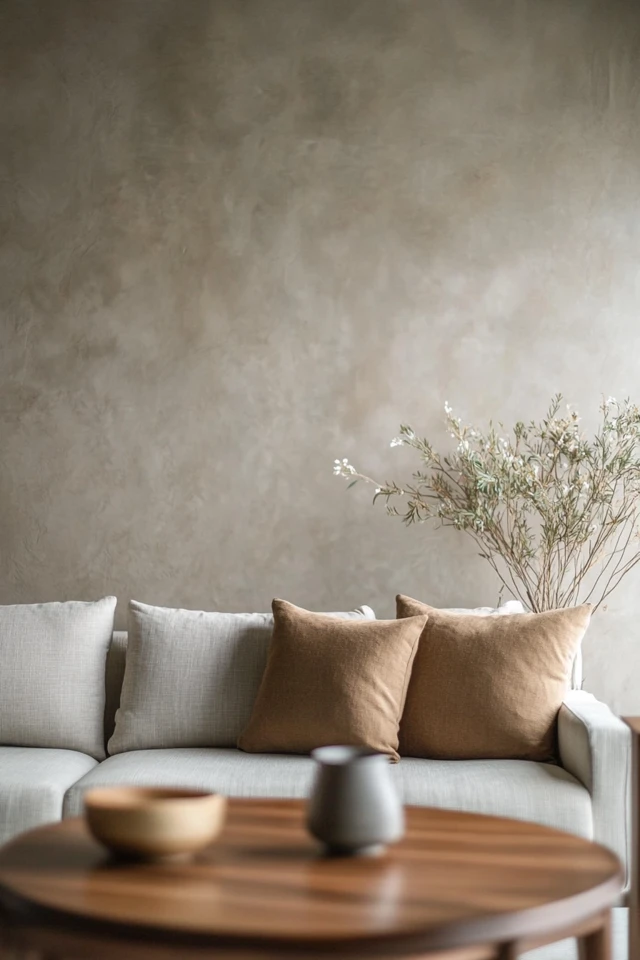Introduction
Multipurpose spaces are a hallmark of modern living. Whether you’re working with a studio apartment, a shared family room, or a hybrid home office and guest bedroom, these spaces require careful planning to ensure they’re functional and stylish. Achieving this balance can feel challenging—how do you fit everything you need into a space without making it feel cramped or chaotic? The solution lies in smart styling techniques that seamlessly blend practicality with aesthetic appeal.
I’ll never forget the time I converted a small corner of my living room into a home office. Initially, the desk and chair felt like an afterthought—functional but completely disconnected from the rest of the space. By adding a rug to define the office area, a floating shelf for storage, and a few decorative accents that tied into the room’s overall color scheme, I transformed the corner into a cohesive part of the design. The result was a living room that felt intentional, balanced, and still offered a dedicated workspace.
This guide will help you unlock the full potential of your multipurpose spaces. With thoughtful design strategies and creative solutions, you can make your space work harder without sacrificing style. Whether you’re furnishing a small apartment or redesigning a family-friendly living area, these tips will inspire you to create a home that feels organized, versatile, and uniquely yours.
The Perfect Design for You
Multipurpose spaces are perfect for anyone juggling different needs within a single area. Whether you’re a remote worker trying to carve out a functional home office, a parent creating a play area in the living room, or someone transforming a guest room into a fitness studio, these spaces are all about versatility.
Imagine a studio apartment where the bed is tucked behind a stylish room divider, creating the illusion of separate zones for sleeping, working, and relaxing. Or picture a family room where modular furniture adapts for movie nights, homework sessions, and hosting guests. These spaces demonstrate that thoughtful design can turn even the smallest or most crowded rooms into multifunctional marvels.
With smart styling, you can create a space that adapts to your lifestyle while looking polished and cohesive. No matter your aesthetic—whether it’s minimalist, industrial, bohemian, or modern—these strategies will help you maximize functionality and maintain a beautiful design.
Picture Gallery
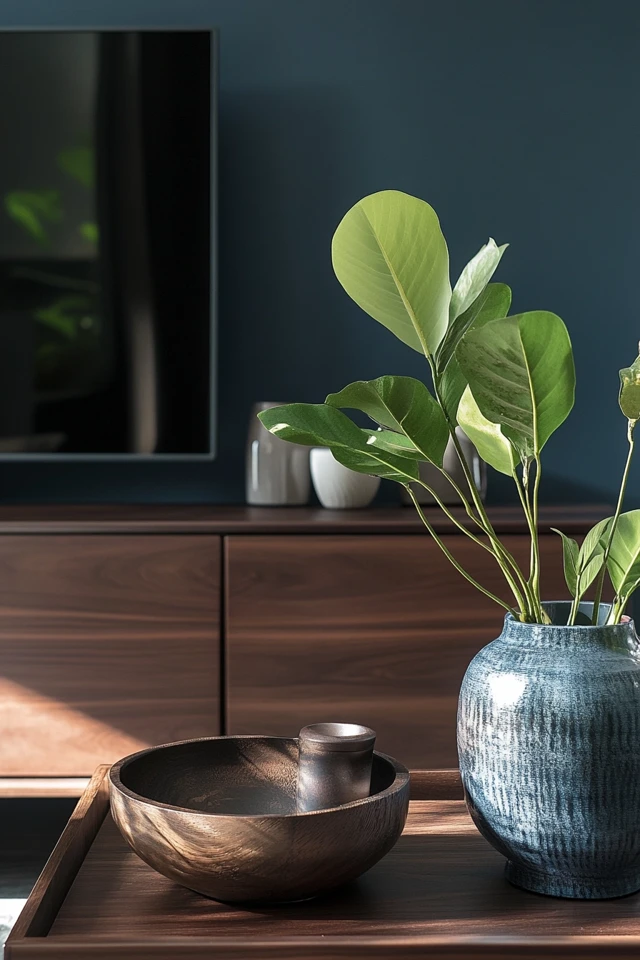
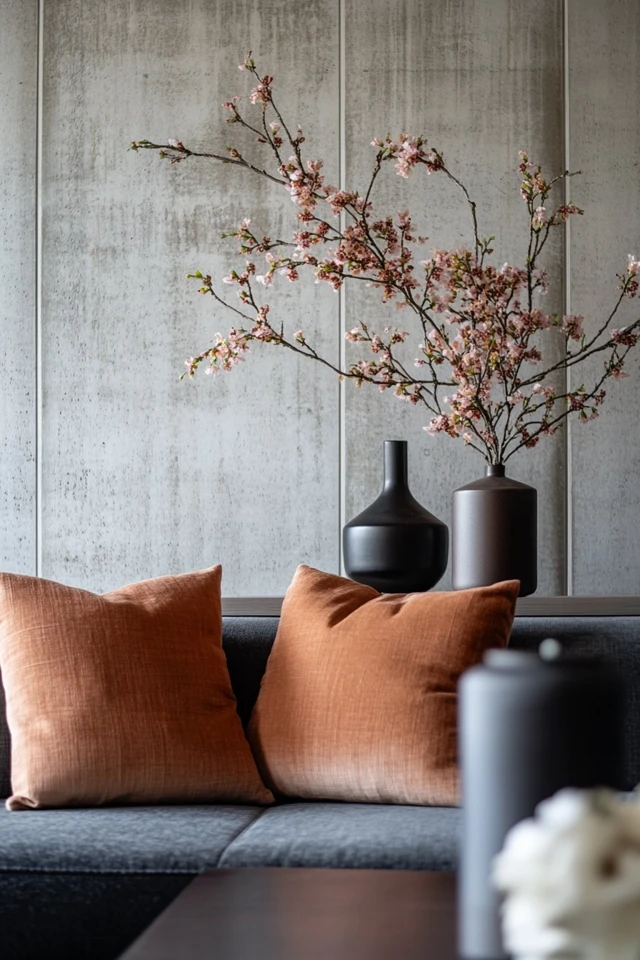
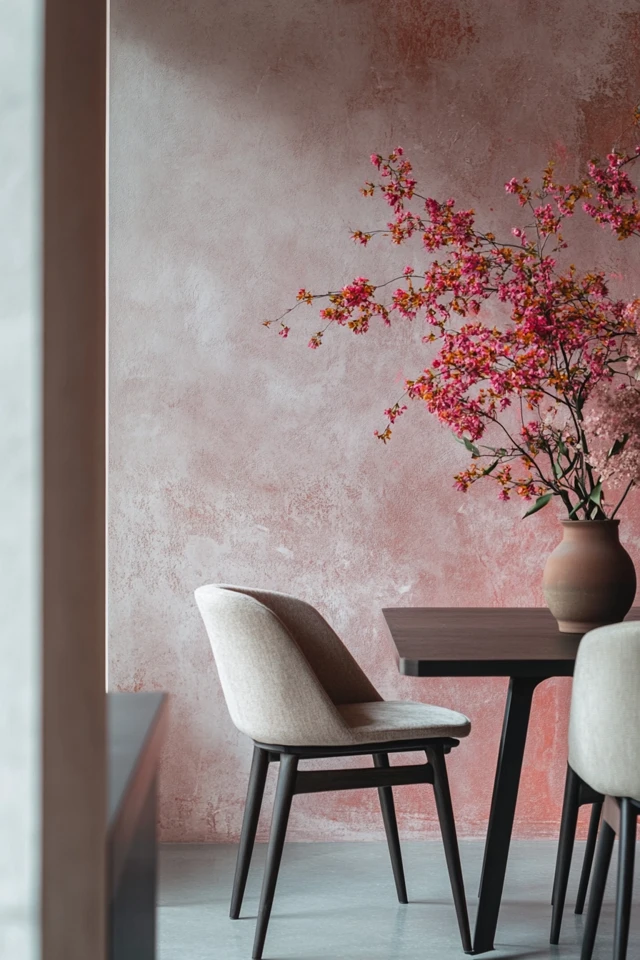
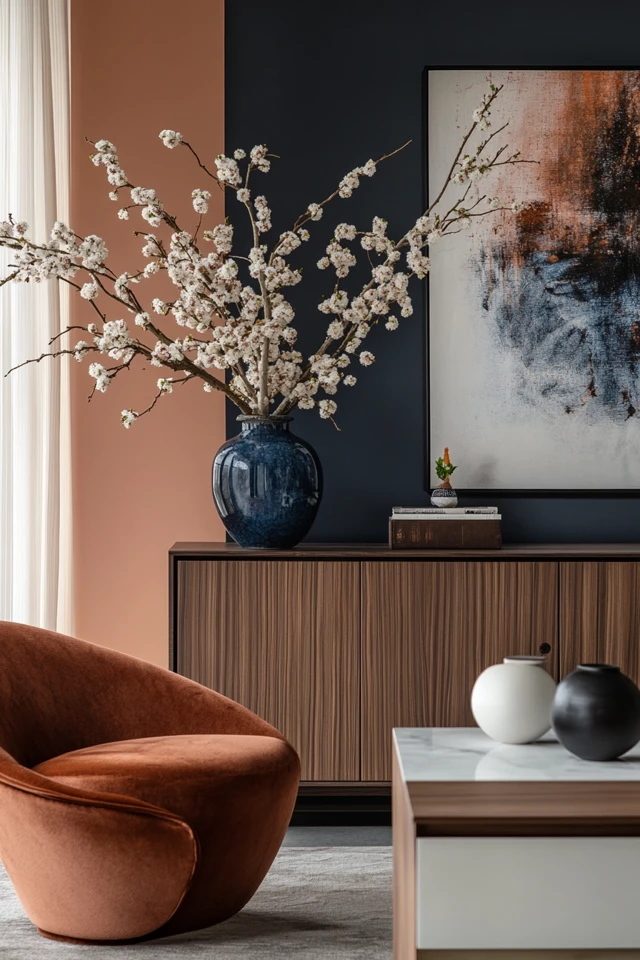



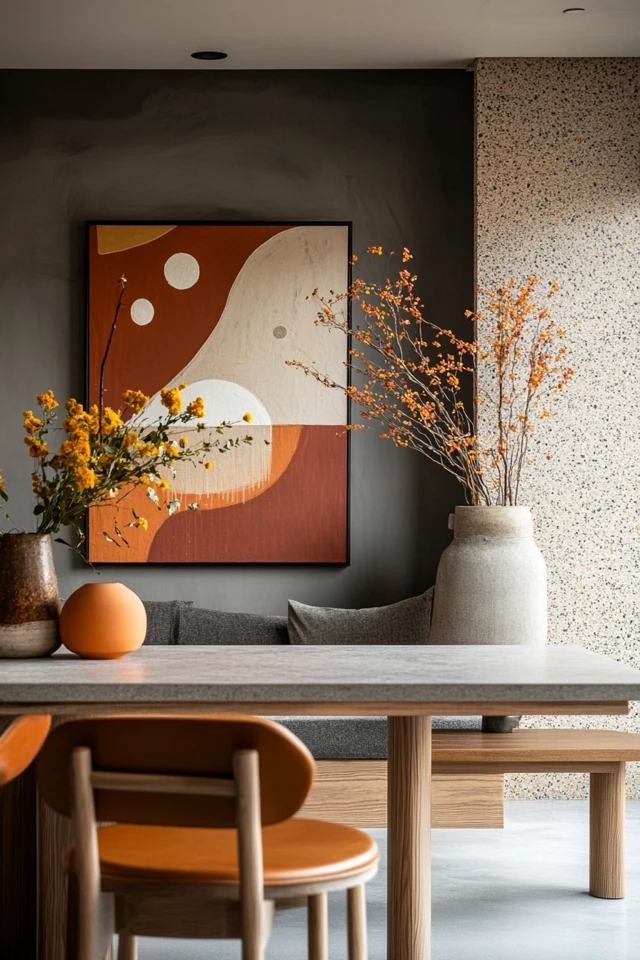
Why Multipurpose Spaces Work So Well
Multipurpose spaces excel because they’re designed to meet multiple needs while maximizing available square footage. Here’s why they’re so effective:
1. Versatility
Multipurpose spaces are incredibly adaptable, making them ideal for small homes, apartments, and open-concept layouts. The ability to combine functions—such as a dining room and workspace—ensures that every square inch serves a purpose.
2. Efficient Use of Space
By carefully planning how a room is used, multipurpose spaces allow you to live large in a small footprint. From hidden storage solutions to convertible furniture, these spaces make it possible to fit more into less.
3. Flexibility for Evolving Needs
As your lifestyle changes, so can your multipurpose spaces. For example, a guest room can transform into a nursery or a playroom into a teen hangout with just a few updates to furniture and decor.
4. Enhanced Aesthetics
When styled thoughtfully, multipurpose spaces don’t just work well—they look good too. Smart styling techniques, like cohesive color palettes and intentional zoning, ensure these areas are both functional and visually appealing.
5. Personalization
Because they require creative problem-solving, multipurpose spaces often feel highly personal and uniquely tailored to their users. Your design choices reflect your priorities and preferences, making the space truly your own.
Designers often emphasize that the best spaces combine form and function. Multipurpose rooms epitomize this principle, proving that practicality and beauty can go hand in hand.
How to Style Multipurpose Spaces: Step-by-Step
1. Define Your Zones
- Start by identifying the different functions your space needs to serve. For example:
- In a studio apartment: sleeping, dining, and relaxing.
- In a home office/guest room: workspace and sleeping area.
- In a family room: play area, entertainment zone, and storage.
- Use visual cues to separate these zones:
- Rugs: Define areas like a seating nook or workspace with distinct rugs.
- Furniture Placement: Arrange furniture to create natural boundaries between zones.
- Lighting: Use task lighting for work areas and ambient lighting for relaxation zones.
2. Invest in Multipurpose Furniture
- Opt for furniture that can adapt to different uses:
- Sofa Beds: Perfect for living rooms that double as guest rooms.
- Extendable Tables: Ideal for dining rooms that also serve as workspaces.
- Storage Ottomans: Function as seating, footrests, and hidden storage.
- Murphy Beds: A game-changer for studios and small bedrooms.
- Choose modular furniture that can be reconfigured as needed, such as sectional sofas or stackable chairs.
3. Maximize Vertical Space
- In multipurpose rooms, vertical space is often underutilized. Make the most of it by:
- Installing floating shelves for storage and display.
- Using tall bookcases to divide zones while providing storage.
- Hanging hooks or pegboards for items like coats, bags, or office supplies.
- Vertical storage keeps the floor clear, making the space feel larger and more organized.
4. Choose a Cohesive Color Palette
- A unified color scheme ensures that different zones feel connected rather than fragmented.
- Use neutrals as a base, adding pops of color to distinguish specific areas.
- Incorporate textures and patterns to add depth without overwhelming the space.
- Stick to 2-3 main colors to maintain visual harmony.
5. Incorporate Flexible Storage Solutions
- Storage is key to keeping multipurpose spaces functional and tidy:
- Use under-bed storage or storage benches to hide clutter in sleeping areas.
- Add baskets, bins, or decorative boxes to open shelves for a stylish, organized look.
- Use furniture with built-in storage, like coffee tables with drawers or desks with shelves.
- Keep storage solutions attractive to maintain the room’s aesthetic.
6. Use Room Dividers Creatively
- Room dividers help delineate zones while adding style and privacy:
- Curtains: Affordable and easy to install, they can create separation when needed.
- Bookshelves: Provide storage and act as functional partitions.
- Folding Screens: Stylish and flexible, they can be moved or folded away as needed.
- Sliding Doors: A more permanent option for separating spaces while maintaining an open feel.
7. Prioritize Lighting for Functionality and Mood
- Lighting should cater to the different functions of each zone:
- Task lighting for workspaces or reading nooks.
- Ambient lighting for relaxation areas.
- Accent lighting to highlight decor or create a cozy atmosphere.
- Consider dimmable options to transition between activities.
8. Embrace Decorative Touches
- Add personality to your space with decor that ties the zones together:
- Artwork: Choose pieces that complement the overall color scheme.
- Plants: Bring life and freshness to the space, no matter the function.
- Pillows and Throws: Use soft furnishings to add comfort and visual interest.
- Keep decor minimal in functional zones to avoid clutter.
9. Think Long-Term
- Design your multipurpose space with flexibility in mind:
- Choose furniture and layouts that can adapt to future needs.
- Keep larger pieces neutral and timeless, swapping out smaller decor items to refresh the look.
- Plan for potential changes, such as transforming a playroom into a study area as kids grow.
10. Edit and Reassess
- Regularly evaluate your space to ensure it meets your needs:
- Remove items that no longer serve a purpose or feel cohesive.
- Rearrange furniture to improve flow or accommodate new uses.
- Keep the space tidy and organized to maintain functionality and style.
FAQ
1. Can multipurpose spaces still look stylish?
Absolutely! By using cohesive color palettes, thoughtful decor, and smart furniture choices, you can create a multipurpose space that’s as stylish as it is functional.
2. How do I create zones in a small room?
Use rugs, furniture placement, and vertical storage to define zones without taking up extra space. Room dividers like curtains or bookshelves can also help.
3. What are the best furniture options for multipurpose spaces?
Sofa beds, Murphy beds, extendable tables, modular seating, and storage ottomans are all great choices for maximizing functionality in limited space.
4. How do I keep a multipurpose space organized?
Incorporate plenty of storage solutions, such as bins, baskets, and furniture with built-in storage, to keep clutter at bay. Regularly tidy up to maintain order.
5. Can I make a multipurpose space feel cohesive?
Yes! Use a unified color palette, consistent materials, and complementary decor to create a cohesive look across different zones.
Variations
- Minimalist Multipurpose: Stick to clean lines, neutral tones, and streamlined furniture for a minimalist yet functional design.
- Bohemian Vibes: Use vibrant patterns, textured fabrics, and eclectic decor to create a playful, versatile space.
- Industrial Style: Incorporate metal shelving, concrete finishes, and exposed brick for a functional, urban aesthetic.
- Family-Friendly: Focus on durable furniture, easy-to-clean materials, and plenty of hidden storage to accommodate family life.
- Modern Elegance: Opt for sleek, polished furniture and sophisticated color schemes for a chic, versatile space.
How to Showcase It
- Living Rooms: Use a sofa bed and a foldable dining table to turn your living room into a guest-friendly space.
- Bedrooms: Incorporate a Murphy bed and a desk to create a hybrid bedroom and home office.
- Kitchens: Add a movable kitchen island with seating for cooking, dining, and entertaining.
- Playrooms: Combine toy storage with a reading nook or study desk for a multifunctional children’s space.
- Home Offices: Use modular shelving and convertible furniture to create a workspace that transitions seamlessly into a relaxing zone.
Occasions to Feature It
- Daily Life: Enjoy the flexibility and functionality of multipurpose spaces every day.
- Entertaining Guests: Adapt your space for hosting with versatile furniture and layouts.
- Seasonal Updates: Refresh your multipurpose room with seasonal decor or rearrange furniture to reflect changing needs.
- Family Gatherings: Create zones for dining, play, and relaxation to accommodate everyone.
- Work-from-Home Setups: Design a space that balances productivity with comfort for remote work.
Conclusion
Multipurpose spaces demonstrate that with the right design approach, one room can do it all. By thoughtfully zoning your space, incorporating versatile furniture, and maintaining a cohesive style, you can create a room that adapts to your needs while looking beautiful.
The secret lies in balance—combining function and style to create spaces that are as practical as they are inviting. Whether you’re outfitting a studio apartment or transforming a spare room, these strategies will help you design a space that works hard and looks great.
So embrace the potential of your multipurpose spaces. With these tips, you’ll create a home that reflects your lifestyle, evolves with your needs, and makes the most of every square inch.

